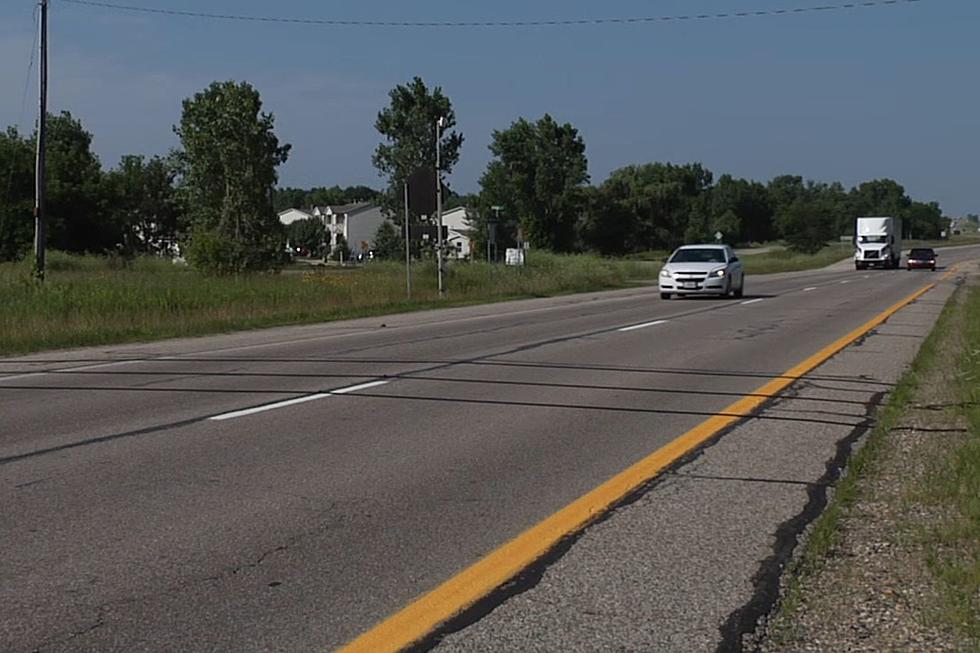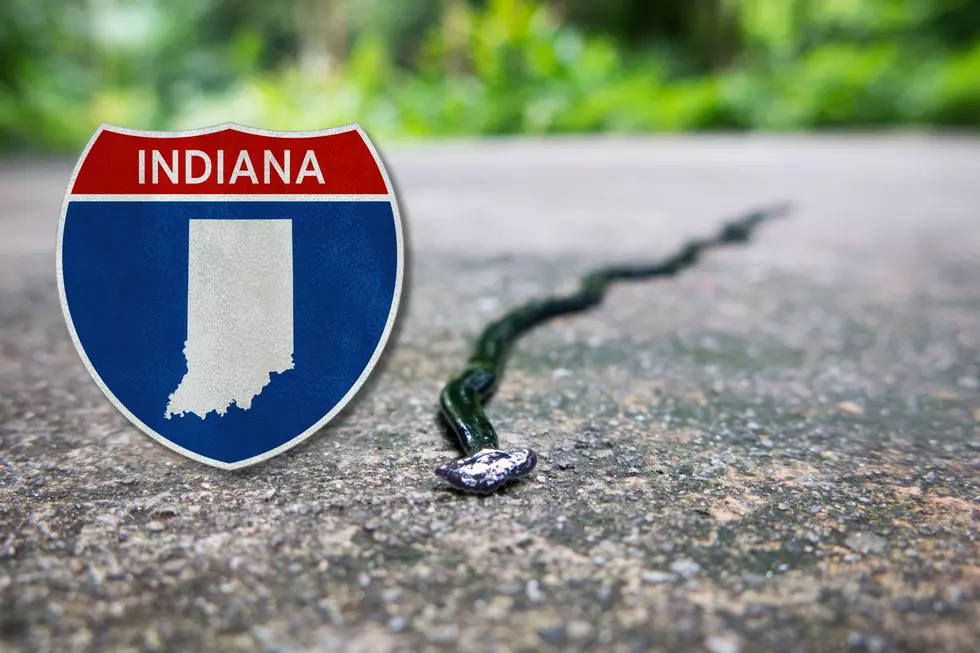
Black Cables on Indiana Roads: What They Are and What They Do
Chances are you've driven on a road or stretch of highway somewhere in Indiana and run over what appears to be two black cables tightly stretched across the road. As your tires cross over them, you hear a quick, "thump, thump," and continue driving to wherever you're going. Have you ever wondered why they were there in the first place? Was there road construction in that area and the crew forgot to pull them up when they were done? Is someone trying to steal cable TV and the road got in the way? Are they connected to a power source? Are they being used as part of a speed trap? The answer to all of those questions is no. But they were put there on purpose, and for a good reason.
The Purpose of Black Hoses on Indiana Roadways
Before we get too deep into the reason, let's clear the air on what they are. They're not cables. They're rubber hoses called, "Traffic Counters," put there by the Indiana Department of Transportation (INDOT) for the purpose of collecting traffic data for that area.

Indiana isn't the only state that uses these hoses to collect its data. Nearly every state in the country uses them. While I couldn't find a video from INDOT showing how they're installed, I did find this one from the Michigan Department of Transportation that gives us a behind-the-scenes look at how crews put them in place.
How Traffic Counters Work
The technology behind the hoses sounds pretty simple, according to Mental Floss:
Every time a vehicle’s tires hit the tube, it sends a burst of air that triggers a switch, which then produces an electrical signal that’s recorded by a counter device.
Those collected signals are used by INDOT to determine, "volume, speed, and vehicle classification data." Some of the monitors use what INDOT calls, "weigh-in-motion (WIM) technology" that is used to collect weight data from semi-trucks.
How the Data is Used
In a 2020 interview with WTWO-TV in Terre Haute, Deputy Commissioner of INDOT's Crawfordsville District, Debbie Calder, the department uses the data it collects for a variety of different purposes.
So, there you have it. Now you know the next time you see those hoses stretched out across the road in front of you, you're actually helping the state collect some critical data. Feel free to drive over them with some authority (while maintaining the posted speed limit, of course).
[Sources: MichiganDOT on YouTube / Mental Floss / WTWO-TV on YouTube]
See the Must-Drive Roads in Every State
Gallery Credit: Sarah Jones


